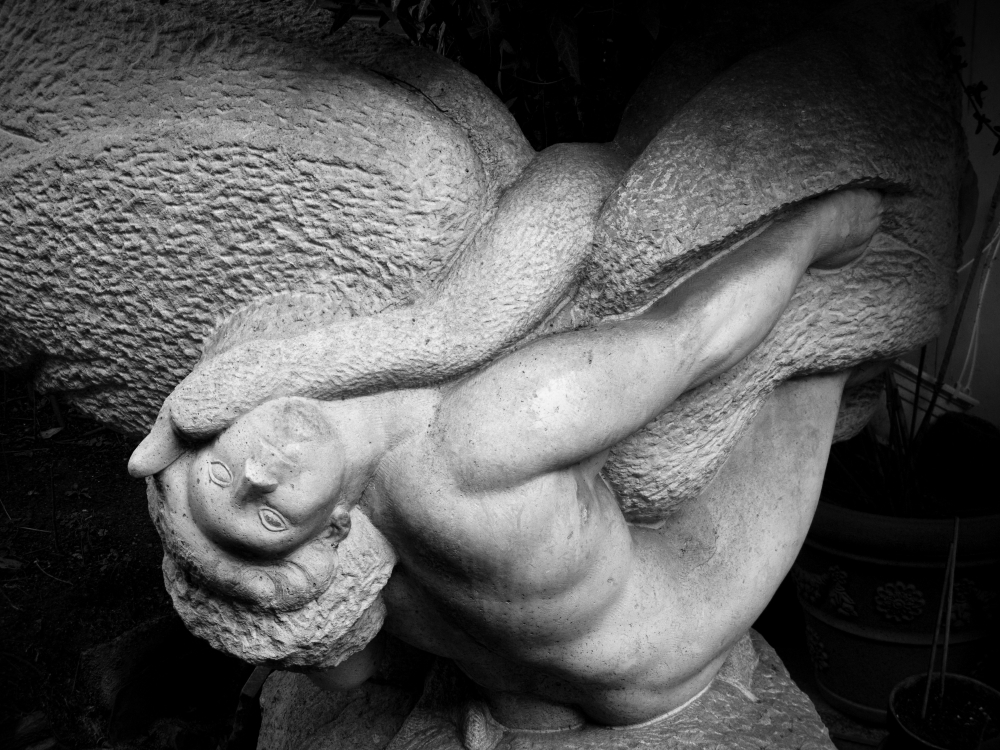Greek mythology is full of fascinating stories that blend gods, mortals, and powerful symbols. Leda’s story is complex, filled with themes of love, beauty, and power struggles between deities and mortals. This guide shares who Leda was, her myths, and what she represents.
Jump to:
Recommended for you!
Best SellersWho Is Leda in Greek Mythology?
Leda is a notable figure in Greek mythology, celebrated for her striking beauty and her role in one of the most famous myths involving the Greek god Zeus. She was the queen of Sparta and the wife of King Tyndareus. The myth of Leda intertwines themes of love, beauty, and divine intervention, particularly in her encounter with Zeus, who was known for his frequent entanglements with mortals.
Zeus was captivated by Leda and, in his typical manner, used transformation to approach her. He took the form of a graceful swan, a moment that would become iconic in art, literature, and mythology. This act set in motion events that led to the birth of some of the most important characters in Greek stories, making Leda’s tale one of great significance.
Who Is Leda the God of?

Although Leda is often linked to divine myths, she was not a goddess herself. Leda was a mortal queen rather than a deity and did not possess dominion over any aspect of the natural or spiritual world. Her influence, however, was felt through her relationships with powerful figures and the offspring she bore. Her life and experiences were shaped by the whims of the gods, particularly Zeus, who played a key role in her story. While she did not wield divine powers or oversee any domains, her legacy was intertwined with both the mortal and the divine realms.
The Myths and Legends of Leda
The most famous myth involving Leda is the tale of Leda and the Swan. In this story, Zeus, the king of the gods, becomes captivated by Leda’s beauty. To approach her undetected, he transforms into a graceful swan, a symbol often associated with elegance but used here as a guise for trickery. Depending on the version of the myth, Zeus either seduces or assaults Leda in this form, making the encounter a subject of both romanticised and dark interpretations.
On the same night that Leda meets Zeus in his swan form, she also lies with her husband, King Tyndareus of Sparta. This unusual convergence of divine and mortal unions results in the birth of four remarkable children. Leda lays two eggs, from which emerge her offspring: Helen of Troy and Pollux, fathered by Zeus, and Clytemnestra and Castor, fathered by Tyndareus. The blending of mortal and divine parentage gives these children significant roles in Greek mythology, intertwining themes of fate, beauty, and conflict.
What Powers Does Leda Have?
Leda herself did not have supernatural powers like the gods and goddesses of Greek mythology. However, her story demonstrates the influence she held over the course of significant mythological events. Her beauty and grace captivated Zeus, and her children’s lives had lasting impacts on Greek legends. For instance, Helen of Troy’s abduction by Paris directly led to the Trojan War, a monumental event in mythology.
The Symbols of Leda

The symbols in Leda’s story are rich with meaning, reflecting the duality of beauty and deception that characterises her myth.
- The Swan: The swan is the most prominent symbol associated with Leda. It embodies both elegance and grace but also the cunning and trickery used by the gods. Zeus's transformation into a swan emphasises this duality, masking divine intentions beneath a facade of beauty. The swan serves as a reminder of the seductive and manipulative power wielded by deities over mortals.
- The Eggs: The eggs that Leda is said to have laid carry deep symbolic meaning. They highlight the extraordinary and divine nature of her offspring, blending the mortal and the divine. These eggs represent the miraculous and otherworldly elements of her story, emphasising the profound impact of divine intervention in the human world.
Leda's Relationships, Children, and Family Tree
Leda’s life was profoundly shaped by her relationships and her role as a mother in one of the most complex family trees in Greek mythology.
Tyndareus
Leda was married to Tyndareus, the King of Sparta. Despite her encounter with Zeus, Leda remained loyal to Tyndareus, and together they navigated the challenges that arose from divine interference. Tyndareus is often portrayed as a supportive, yet troubled, figure caught in the ripple effects of the gods’ involvement in their lives.
Zeus
Zeus, who seduced Leda by transforming into a swan, played a crucial role in her story. This divine encounter resulted in the birth of extraordinary offspring who would leave an indelible mark on mythology. Leda’s relationship with Zeus highlights the complex interplay between mortals and gods.
Helen of Troy
One of Leda’s most famous daughters, Helen of Troy, was known for her beauty that sparked the Trojan War. Helen's story is filled with themes of love, betrayal, and the devastating consequences of desire. As the daughter of Zeus, Helen's divine lineage made her a figure of immense significance.
Clytemnestra
Clytemnestra, another of Leda’s daughters, became a central character in the story of Agamemnon's murder. Her tale is marked by revenge and tragedy, as she killed Agamemnon to avenge the sacrifice of her daughter, Iphigenia. Clytemnestra’s actions set off a chain of events that would define the fate of their family.
Castor and Pollux
The twins Castor and Pollux, also known as the Dioscuri, embody themes of loyalty and brotherly love. Castor was mortal, while Pollux, fathered by Zeus, was immortal. Their bond was so strong that Pollux shared his immortality with Castor, and they were ultimately placed among the stars as the constellation Gemini. They are celebrated for their adventures and deep fraternal connection.
Leda’s Worship and Legacy

Leda was not worshipped as a deity, but her story left a lasting mark on culture and art. Temples and shrines to Zeus and Helen were more common, with Leda often being a secondary figure. Her myth, however, inspired countless works of art, including paintings, sculptures, and poetry. Artists like Leonardo da Vinci and Michelangelo have depicted her encounter with Zeus, and poets have explored the emotional depth of her story.
Recommended for you!
Best SellersFrequently Asked Questions About Leda
What is the moral lesson of Leda and the Swan?
The story offers various interpretations, but a common lesson is the unpredictability and potential danger of divine influence in the lives of mortals. It also raises questions about power and the consequences of desire.
What does Leda mean in Greek?
The name Leda is thought to have origins meaning “woman” or “queen.” Given her status as the queen of Sparta, the name reflects her regal and influential position in Greek mythology.
Is Leda and Nemesis the same?
Leda and Nemesis are not the same figure, but their stories are sometimes intertwined. In one version of the myth, Zeus pursued Nemesis first, and she transformed into various forms, including a swan, to escape him. When Nemesis finally laid an egg, it was said to have been given to Leda, resulting in Helen’s birth.
What is the theme of Leda?
The themes of Leda’s story include the unpredictability of the gods, the vulnerability of mortals, the consequences of desire, and the far-reaching impacts of divine influence. Her myth explores how beauty and love can lead to both creation and destruction, as exemplified by the lives of her children.
Study Greek Mythology for £29
Leda’s story addresses universal themes of power, love, and tragedy. If you’d like to learn more about these myths and explore the characters, symbols, and stories that have shaped Western culture, consider enrolling in the Greek Mythology Diploma Course with Centre of Excellence. For a limited time, you can access the course at a discounted price of £29!













